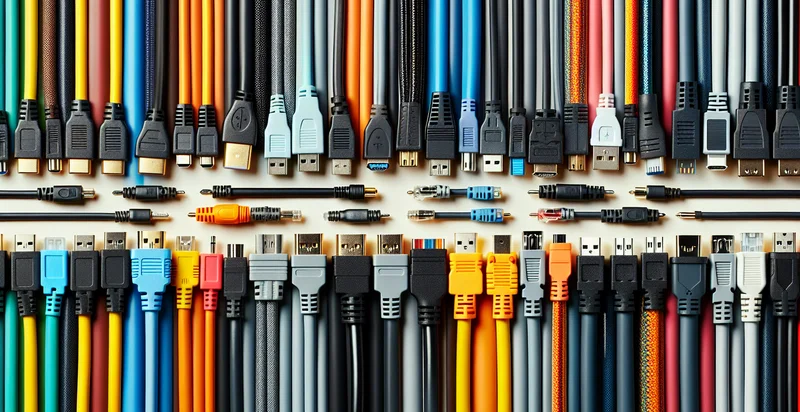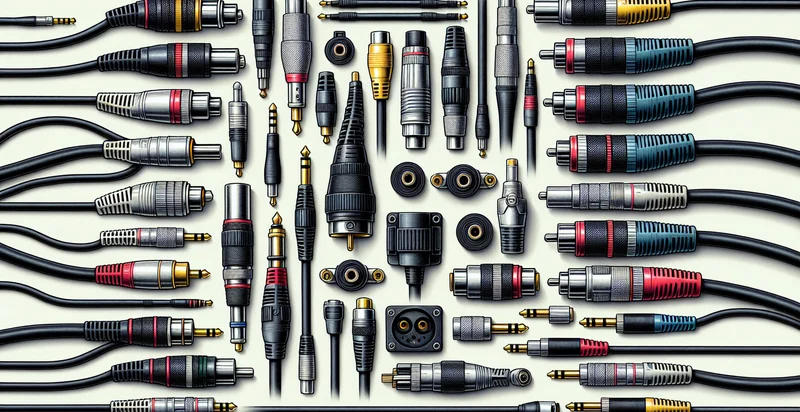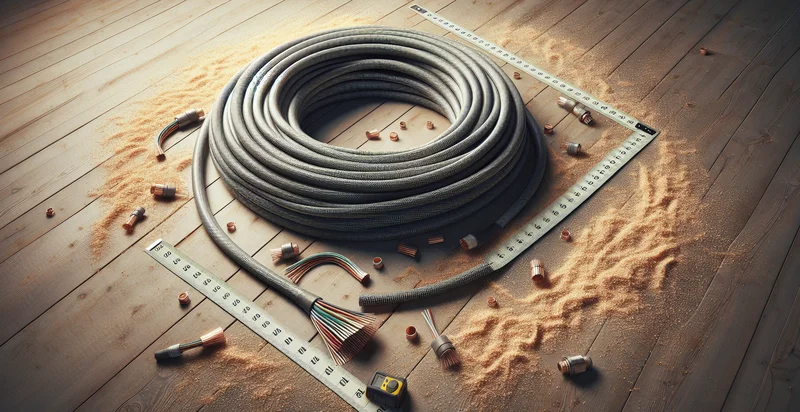Identify cable types
using AI
Below is a free classifier to identify cable types. Just upload your image, and our AI will predict what type of cable it is - in just seconds.

Contact us for API access
Or, use Nyckel to build highly-accurate custom classifiers in just minutes. No PhD required.
Get started
import nyckel
credentials = nyckel.Credentials("YOUR_CLIENT_ID", "YOUR_CLIENT_SECRET")
nyckel.invoke("cable-types", "your_image_url", credentials)
fetch('https://www.nyckel.com/v1/functions/cable-types/invoke', {
method: 'POST',
headers: {
'Authorization': 'Bearer ' + 'YOUR_BEARER_TOKEN',
'Content-Type': 'application/json',
},
body: JSON.stringify(
{"data": "your_image_url"}
)
})
.then(response => response.json())
.then(data => console.log(data));
curl -X POST \
-H "Content-Type: application/json" \
-H "Authorization: Bearer YOUR_BEARER_TOKEN" \
-d '{"data": "your_image_url"}' \
https://www.nyckel.com/v1/functions/cable-types/invoke
How this classifier works
To start, upload your image. Our AI tool will then predict what type of cable it is.
This pretrained image model uses a Nyckel-created dataset and has 42 labels, including 3.5Mm Audio, Ac Power Connector, Cable Extender, Cable Splitter, Coaxial, Component Video, Composite Video, Dc Power Connector, Displayport and Docking Station.
We'll also show a confidence score (the higher the number, the more confident the AI model is around what type of cable it is).
Whether you're just curious or building cable types detection into your application, we hope our classifier proves helpful.
Related Classifiers
Need to identify cable types at scale?
Get API or Zapier access to this classifier for free. It's perfect for:
- Cable Inventory Management: Implementing the false image classification function can streamline inventory management for businesses that deal with various cable types. By automatically identifying and categorizing different cables in stock, companies can ensure better organization and reduce the time spent on manual checks.
- Quality Control in Manufacturing: In cable manufacturing, the false image classification function can highlight inconsistencies or defects in cable types during the production process. This allows manufacturers to quickly address quality issues, improving overall product reliability and customer satisfaction.
- Preventive Maintenance in Infrastructure: Utility companies can use the cable identifier to remotely assess and categorize the condition of cables within their infrastructure. This identification helps prioritize maintenance efforts and allocate resources more effectively to reduce the risk of outages or failures.
- Custom Cable Solutions: Businesses that design and supply custom cable solutions can utilize the classification function to assess customer requirements more accurately. By identifying the appropriate cable types quickly, they can offer tailored solutions that meet specific project needs, enhancing customer service.
- Training and Education: Educational institutions or training programs focused on electrical engineering can leverage the image classification function as a teaching tool. By showcasing various cable types and their classifications, students can engage in hands-on learning experiences that reinforce theoretical knowledge.
- Automated E-commerce Sorting: Online retailers specializing in electrical components can integrate the classification function for sorting and managing inventory automatically. By tying this to their e-commerce platform, they can streamline order fulfillment, ensuring that customers receive the correct cable types without delays.
- Cable Type Verification in Recycling: Recycling facilities can use the false image classification function to ensure proper sorting of different cable types for recycling processes. Accurate classification allows these facilities to maximize efficiency and minimize contamination in the recycling stream, aligning with sustainability goals.


